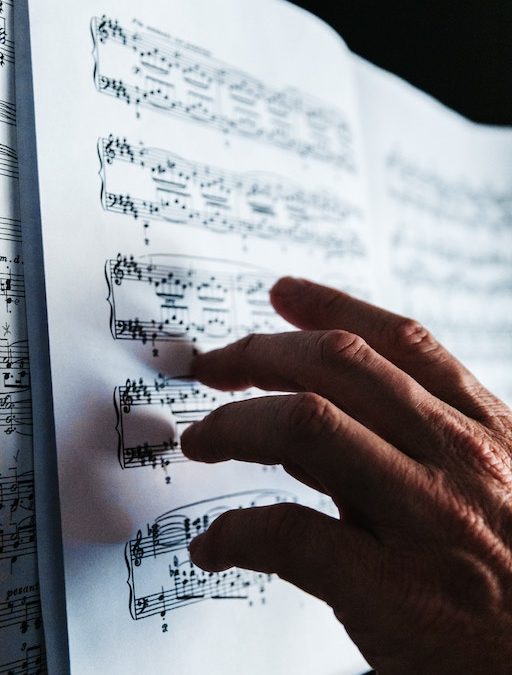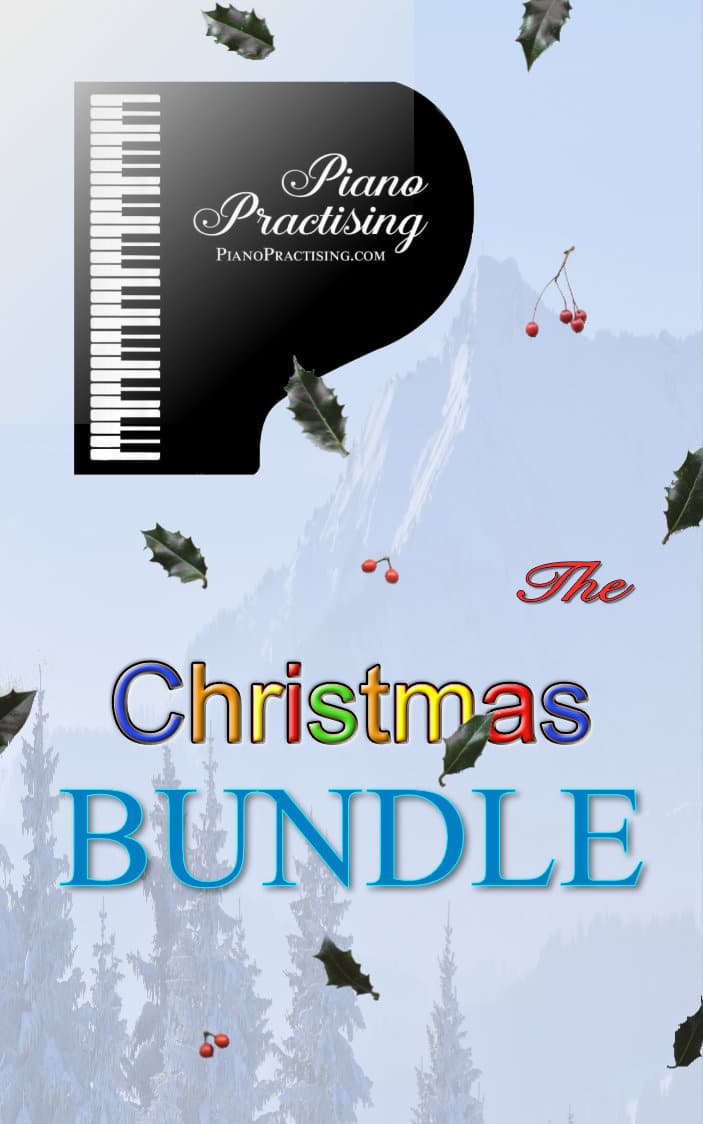Phrasing in Piano
In this article we talk phrasing in piano and how to approach the phrasing of a new piece.
❦
As with speech, musical phrasing must convey… well, something.
Now, you might argue that often our desire is not to convey a particular message or thought with our speech —we could just talk aimlessly. That could be true, but even if we decide to talk in an “abstract” way per se, we still somehow wish to signal a particular stimulant to either us or to our listeners.
Equally in musical performance, even though we get endless leeway to express ourselves, more often than not, we hope to convey something specific. It could be anything; a feeling, an emotion, a circumstance, a description. the possibilities are endless, as we say.
But, there were always some limits; limits not on how one should musically express themselves, but limits on when one performs someone else (i.e. a composer). A composer by definition has demands, and serious aficionados of performing arts always followed those demands to the letter.
However, some performers were adamant that they should express themselves through the composers, and some others were equally passionate about elevating the composers, through themselves. In either case, both made art. And this art was “excused” and even promoted by their respective audiences; Some listeners liked the personal touch performers added to their performances while others preferred the performer obeyed the composer’s instructions.
However, one might argue that it’s almost impossible not to leave a personal musical trace on a work of music.
I always maintained that the composer’s own ultimate mission is to be respected and not the performer’s personal perception. But who am I to judge that?
So, how a pianist phrases a phrase? And most importantly, what are the initial steps needed to ultimately play a phrase acceptably.
Here are some suggestions to follow when you are shaping a phrase for the first time:
- Find out if you are playing from the original manuscript or an edition on the original and decide that you indeed want to follow this manuscript, because it might not fits well with your own musical predispositions.
- First, feel the pulse of the phrase by pointing your eyes to perhaps the most important aspect of a work of music: the time signature. The time signature reveals to us the essénce of the melody.
- Observe the music and its “surroundings” and ask questions, such as “Does the phrase finish on a particular degree?” “Is the phrase more abstract”? “Did the composer added specific phrasing markings or did they leave it up to the performer to decide?” “Is the phrase a standalone one or is it part of a larger group?” “Can I make out the ‘outskirts’ of that phrase?” Ask as many questions as possible; never just diving in and start playing.
- Often a phrase will have a melodic line; Understand where that line is heading. Again, more obvious in classical music, but it is often the case in contemporary music since a composer probably have studied some form of serious music and might need his music to have a distinct melodic line.
- Find the phrase’s ultimate destination. Often a phrase will have an “exit point”. Not only do we care about a phrase’s musical destination but we equally care about its “journey” to that destination.
- Find if the phrase repeat itself right after you played it, at a later point, or not at all in a piece? If the phrase repeats right after you played it (like in a motif), even it contains different notes and intervals, then it mustn’t sound like a carbon. (Try to perform it slightly differently). If it repeats sometime later in the piece, then you are allowed to play it using the same technique used in its first appearance.
- Sing the phrase. Do try sing the phrase, even if you think your voice is horrible—I’m sure it is fantastic—and then shape it on the piano as you previously sung it. Never forget that piano tries, albeit unsuccessfully, to mimic, in a way, the human voice; thus, singing a melody both with your voice and fingers is an integral part of pianism.
- Record your iteration of the phrase. Not excuses here: In this day and age, with all the smartphones, digital recorders and microphones hanging from everywhere, it’s so easy to just record your yourself playing that phrase. So, record phrase, leave it to “settle”, then get back to it tomorrow to see if you liked it and make appropriate adjustments if needed.
- Listen to what other interpreters have to say about that given phrase. Albeit what many people say about performers influence our outcomes with their own views, still, it never hurts to taste others’ point of view. I would avoid imitating the greats because it could end-up in a parody, but arguably, almost all performances have their own provenance to reference.
Don’t forget that a phrase is merely a small scene in the gestalt of a piece. But, if you treat it right, then, scene by scene, phrase by phrase, you will inevitably communicate your own exegesis of a work of music. I say inevitably, because you would never be able to mirror a composer’s mind at the time of creation. And that’s fine.
=========
Do you have any thoughts on phrasing? Does phrasing in piano depends on the player, piano, period etc.? Please, comment below.
Copyright © 30th of October 2019 by Nikos Kokkinis
Many thanks to Isaac Ibbott for the image used for this article. For more images from the artist do visit the link below.
Christmas Bundle!
This bundle includes nine (9) products (12 pieces)
- Christmas Music Collection Four Piano Pieces for Christmas (A4 PDF Collection – Elementary) – Digital Download
- Angels We Have Heard on High – piano duet – four hands (Late elementary – Elementary) – Digital Download
- Jingle Bells – piano duet – four hands (Level: Teacher – Pupil) – Digital Download
- Jingle Bells for the Left Hand (Late Intermediate/ Early advanced) – Digital Download. Very popular for students with longer fingers!
- Adeste Fideles for piano solo (Late Elementary) – Digital Download
- Away in a Manger (Elementary) – Digital Download
- Dance of the Sugar Plum Fairy (Tchaikovsky – Advanced) – Digital Download
- Flower Duet / Duo de fleurs (Delibes – Elementary) – Digital Download
- O Holy Night (Piano solo – Intermediate) – Digital Download
All items are engraved in-house using the latest engraving conventions. They can be downloaded unlimited times from your account page. They all Include a Studio License for all your current and future students.



